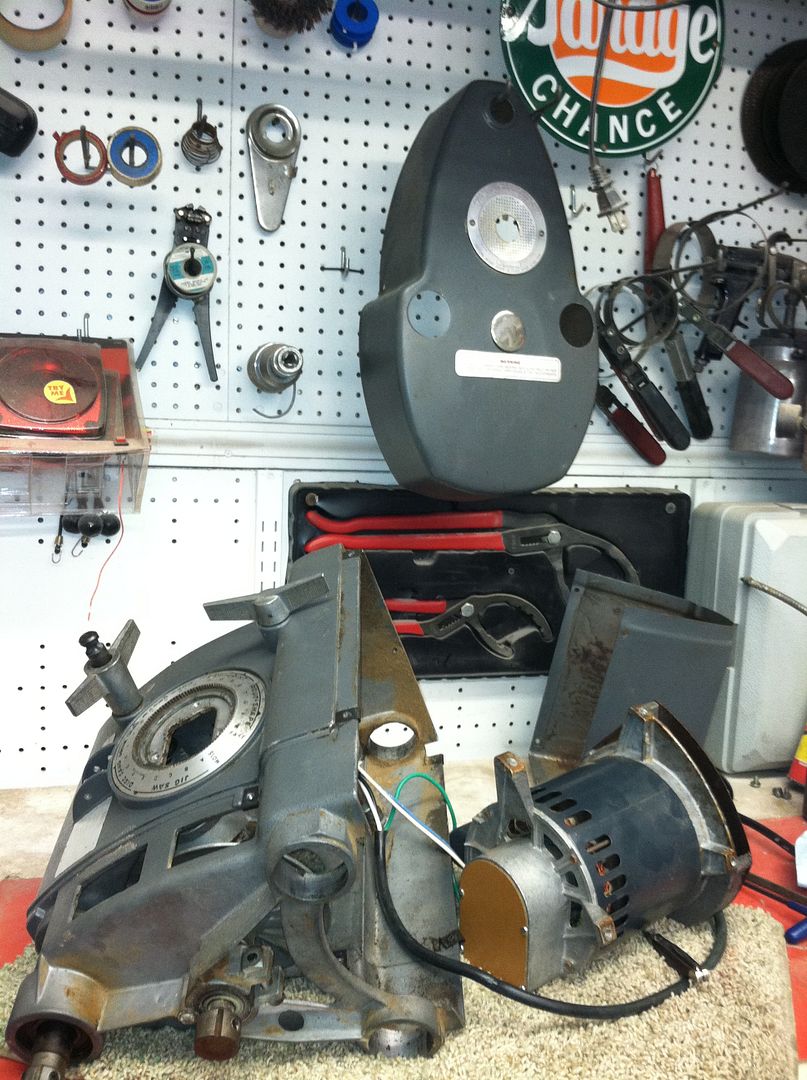JPG40504 wrote:Apology not needed IMHO!
Dusty I apologize for I must state disagreement re the cause fer de tactile feedback difference.
The porkchop does indeed press against the control sheave and cause it to move when adjusting the speed control towards slow.
Regardless of where the sheave is located the squeeze placed on the belt is the same(the angle of the sheaves is constant).
It is the belt squeezing that provides the tactile feedback.
That squeezing increases tension on the belt which causes the floating sheave to move out on the motor shaft thus restoring equal 'normal' tension.
The resultant pulley ratio change reduces the speed.
Now the porkchop moves away from the control sheave when adjusting the speed control towards fast.
Indeed the control sheave normally pushes against the porkchop all the time(that be why the button/bearing are there). The 'clip' prevents the button from rotating only(it should never be pulled by the porkchop).
As such the force of the control sheave against the porkchop assists moving the porkchop(consider it an unintended power assist!:D).
As the control sheave opening up will decrease belt tension, the spring on the motor shaft will move the floating sheave in thus again restoring 'normality'.
The resultant pulley ratio will cause the speed to increase.
Now all that sheave sliding on the shafts motion is dependent upon adequate lubrication between the sheaves and the shafts.
If the shafts are crudded up, they will not move freely/quickly and excessive force need be applied.
Tis a lack of floating sheave movement for the 'Do Not Turn the Dial Unless Running' admonition.
We already be discussing porkchop wear/distortion. Add bearing clip distortion. As I stated above, It ain't supposed to be pulled by the porkchop, but only to restrain the button from rotating.
Regardless of it's pristine condition, get Bill's tension pin replacement 'kit'.
For gracious sakes don't apologize for this disagreement. We are much too far down that road to turn back now.
Besides, I disagree with your analysis.
If there was no spring on the motor sheave (if all of the sheaves floated), an operator would hardly feel the effects of increasing/decreasing the speed.
If you relied "only" on the pressure applied to the sheaves by the belts, the sheaves would move to a point of equilibrium (a point of neutral forces).


